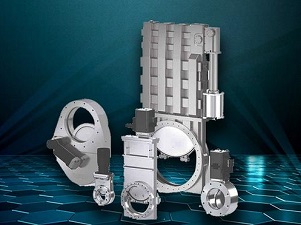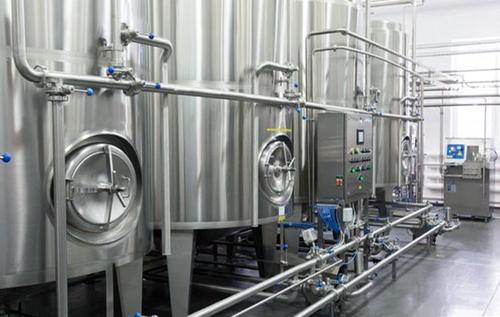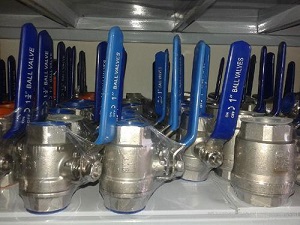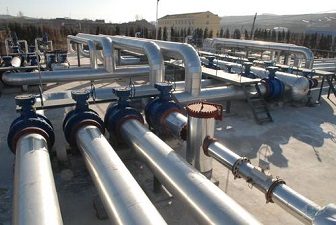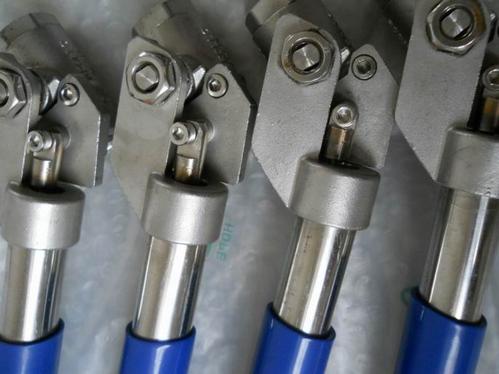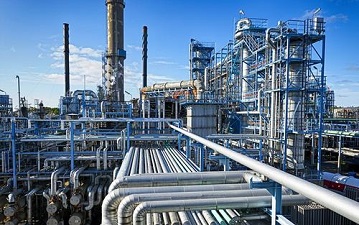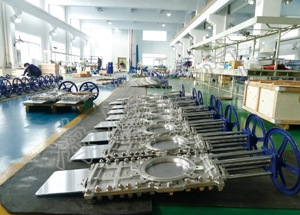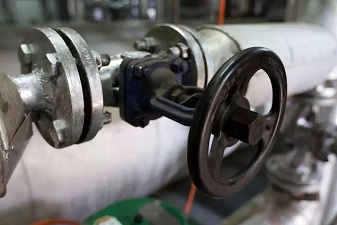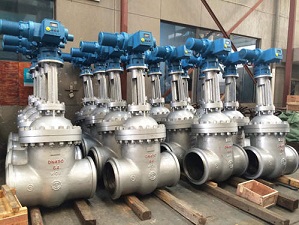Category: Sanitary Ball Valves
The Advantages and Features of Fixed Ball Valve
A ball valve whose sphere has a fixed shaft is known as a fixed ball valve. The fixed ball valve is mainly used for high pressure and large diameter occasions. According to a different installation of valve seat sealing rings, a fixed ball valve can have two configurations: a valve seat that is sealed in […]
Read moreBenefits of Sanitary Ball Valves
Sanitary ball valves are among those common sanitary valves available in the market. In simple words, it works by taking a quarter turn to regulate the water flow. This valve consists of a spherical disc and that is why it is usually known as a ball valve. It has a ball-like structure with a hole […]
Read moreThe Assembly of Sanitary Ball Valves
Sanitary ball valves are designed to control the transmission of the product. They are mainly used in the pharmaceutical, food, and beverage chemical industries. The complete bore design of the chamber valves does not result in fluid resistance. This means that the use of ball valves is ideal in operations involving viscous fluids or fluids […]
Read moreThe Advantages of Pneumatic Ball Valve
The pneumatic ball valve is a new type of valve that is widely used in recent years. It is mainly used in pipelines to shut off, distribute and change the flow direction of the media. It has the following advantages: 1. The fluid resistance is small. The resistance coefficient is equal to that of the […]
Read moreThe Structural Types of Ball Valve
According to its structural type, the ball valve can be divided into a floating ball valve, fixed ball valve, and elastic ball valve. 1. Floating ball valve The ball of sanitary ball valve is floating. Under medium pressure, the ball can have certain displacement and push tightly against the sealing surface of the outlet, ensuring the […]
Read moreSanitary Ball Valves Structure And Types
A ball valve, as its name suggests, is one type of quarter-turn valve with a ball placed in the fluid path. The ball has a straight hole through it. When the hole is positioned in the same direction as the fluid path, the fluid is released, and when the hole is positioned perpendicular to the […]
Read moreWhy Are Sanitary Ball Valves Easy to Use and Maintain?
When mentioning sanitary ball valves, keep in mind that this is a general term and you need to specifically say what type of ball valve is required. For example, if you want to use it for hydraulic, AC, or compressed air, a handle valve is the most appropriate. A brass plate is used to make […]
Read moreThe Difference between Metal Sealing Valve and Ball Valve
There’re similarities and differences between the metal sealing valves and sanitary ball valves, as is discussed below. Similarities: 1. They can achieve metal sealing and endure high temperatures. 2. They share the same way of operation. They can be operated by a handwheel or bevel gearbox. 3. They share the same way of valve stem […]
Read morePressure Testing Methods for Ball Valves
How do ball valves work? Ball valves work by using an internal rotating ball as the opening and closing flow control mechanism in various pipeline systems. The ball is bored through the center to create a hollow channel or port, which allows the medium to flow through it when in the open position. It rotates […]
Read moreThe Role and Use of Ball Valves
What is the Role of Ball Valves? The opening and closing member of a sanitary ball valve is a round sphere with a hole. It uses the 0-90 degree back and forth movement of the ball core rotation around the axis of the valve stem to open or close the valve. Ball valves have many roles. Usually, […]
Read more
